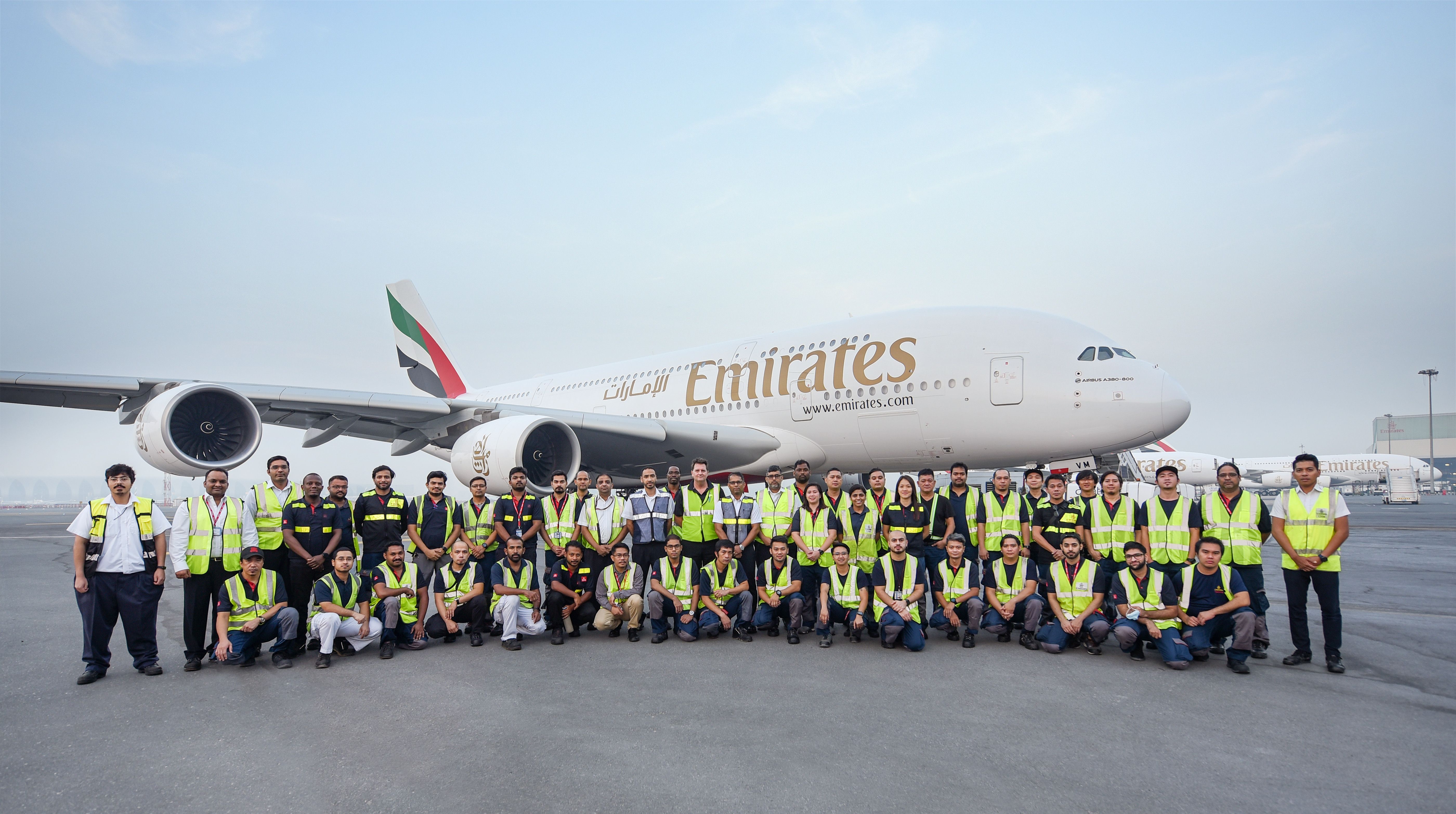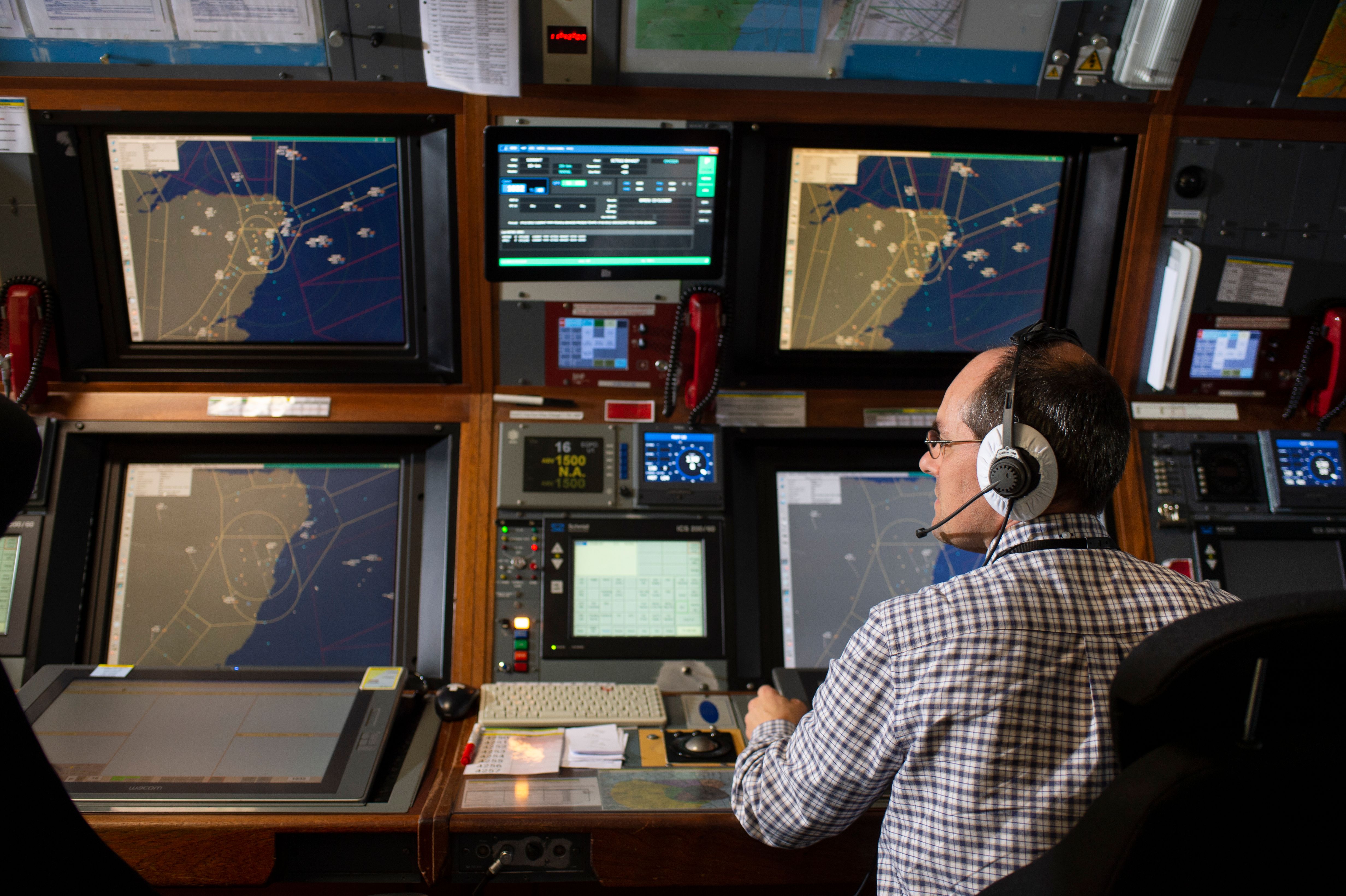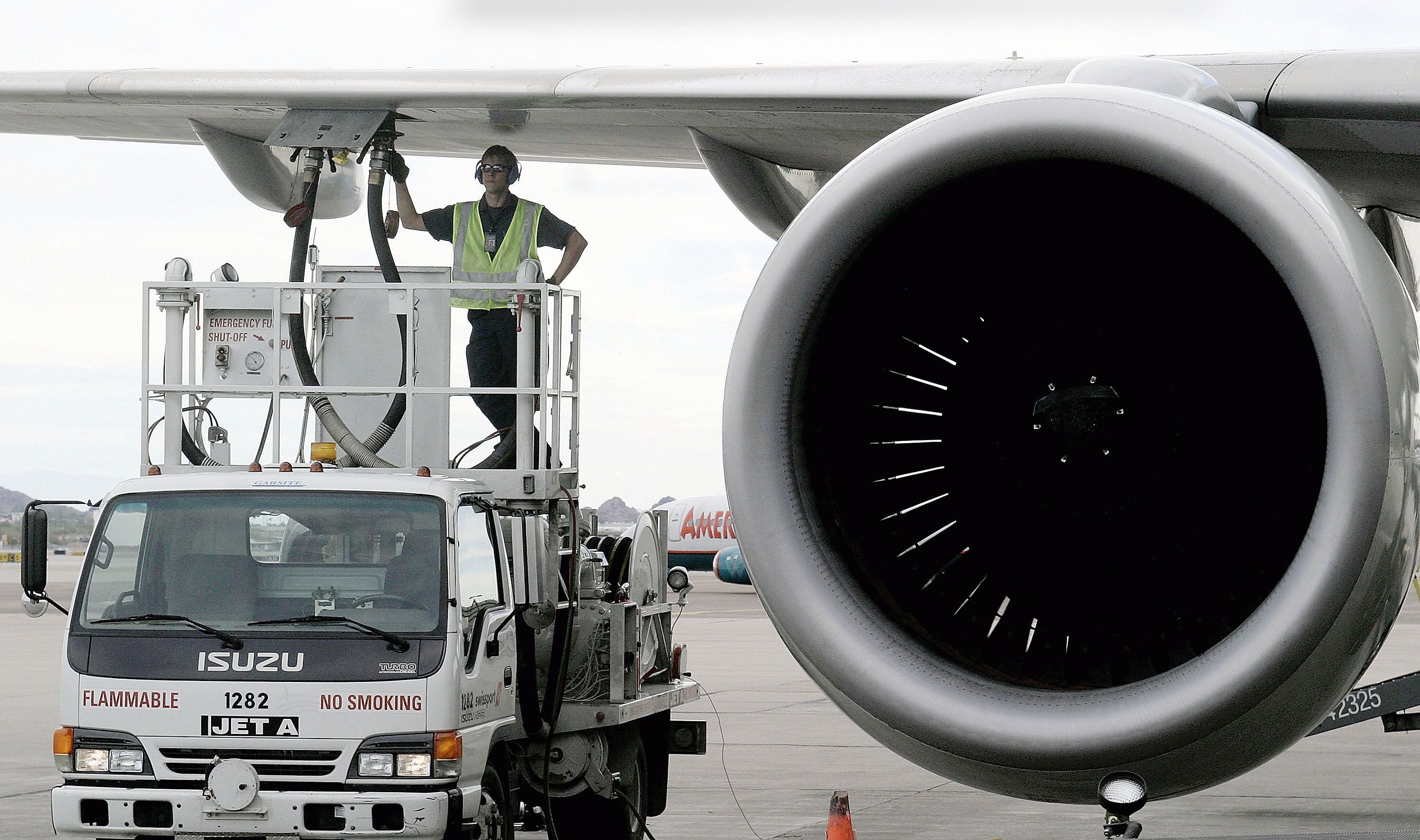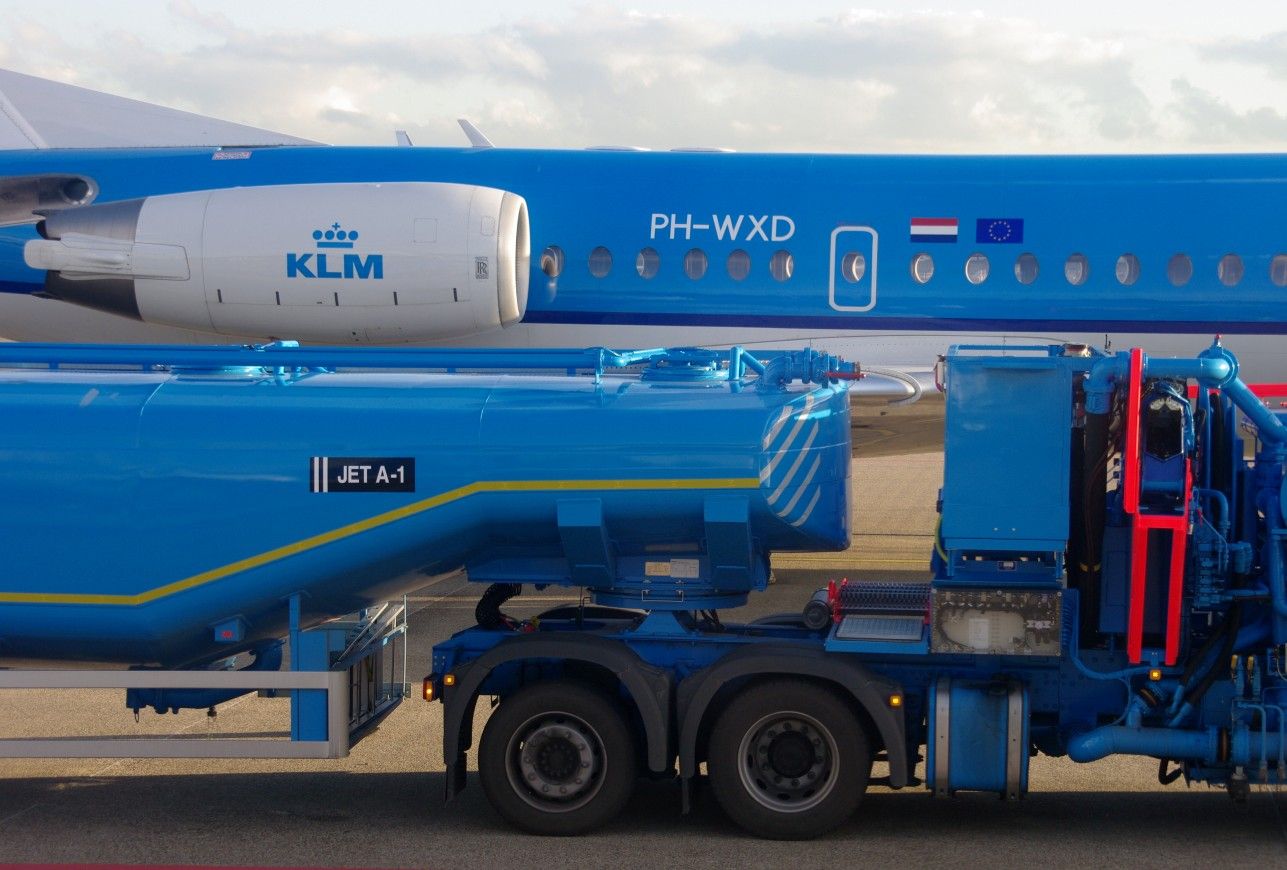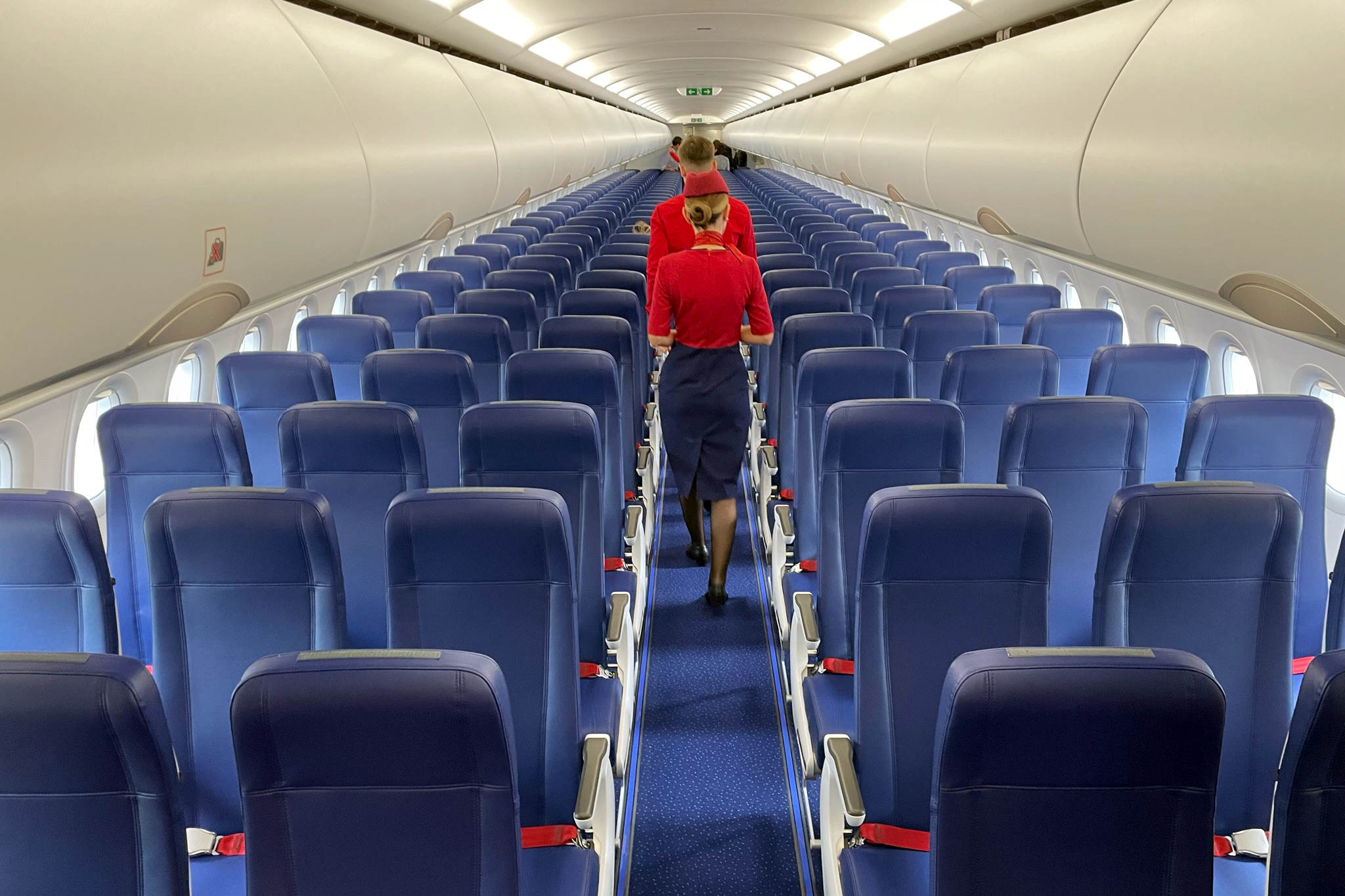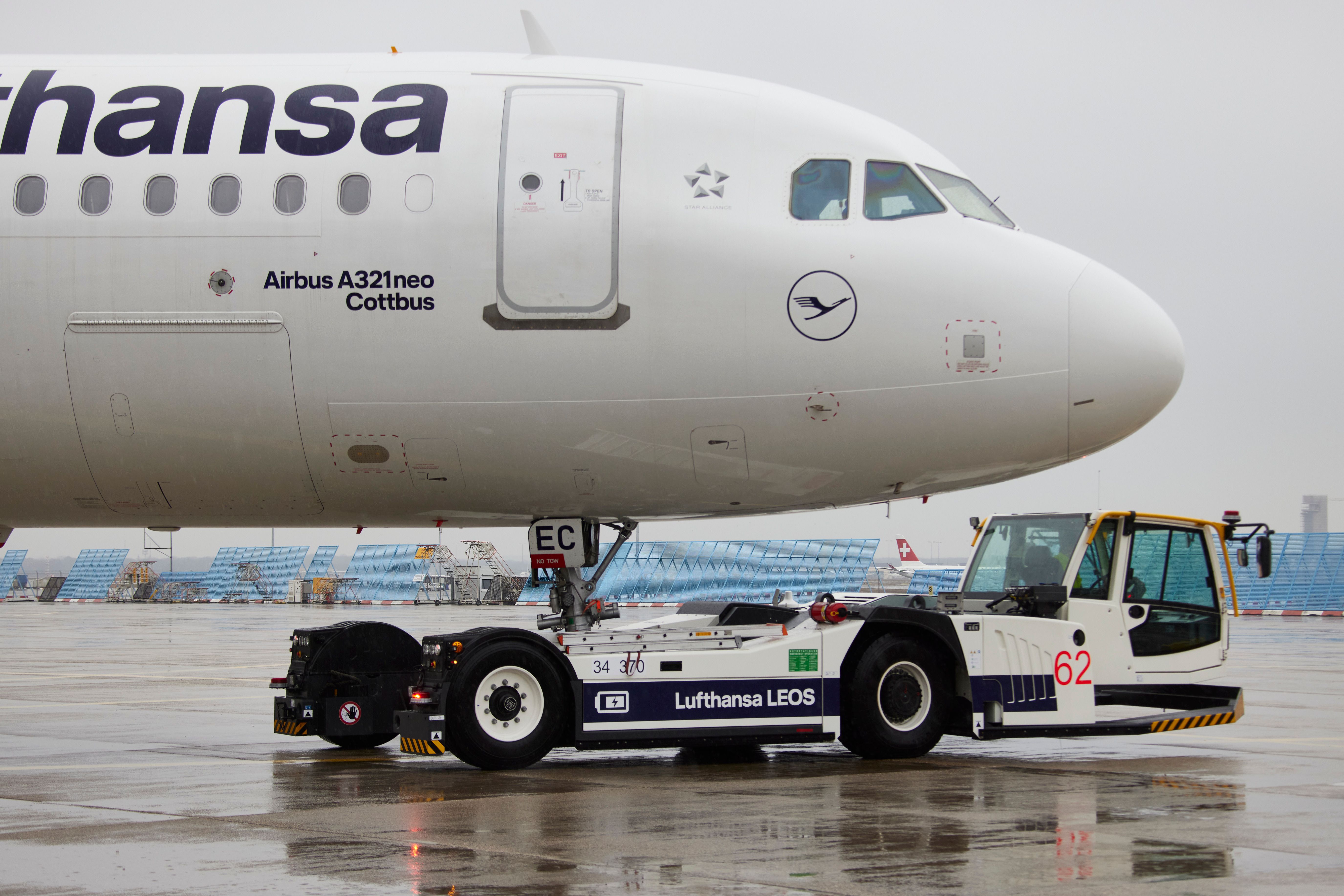You feel the gentle lurch of your plane beginning to move backward as the tug pushes it away from the gate. Looking out the window, you see a wing-walker with an orange florescent pylon in their hand in stride with the wingtip. You glance at your watch and happily see that your flight is right on time. For this to happen, scores of people have worked together in a tightly choreographed sequence of events.
One hour before departure
Dispatchers are hard at work finalizing and submitting the flight plan. In almost every circumstance, a flight plan is required to carry passengers on commercially operated flights. Dispatchers, who are highly qualified and rigorously trained in meteorology, aircraft performance, legal regulations, and so much more, are responsible for forming and submitting the flight plan to air traffic control.
At the airport, ticketing agents are finishing checking in passengers and bags. You might recall placing your bags on a scale when you check them in. This is done for two primary reasons: the first is to ensure your compliance with baggage weight limits, and the second is to obtain an accurate measurement of the weight of your bags for performance planning. Airlines very consciously consider how much bags weigh and how their weights change by the season (winter bags weigh more, as do passengers who carry warmer clothes). Your bags are then whisked away for security screening.
45 minutes before departure
If you're flying on a large plane, it's likely already at the gate. If you're flying on a single aisle plane, it's probably just about to pull onto the parking stand from its previous flight.
The pilots have access to the flight plan and are reviewing the route, weather, alternate airports (if required), and other pertinent information for the flight. Of particular interest to the pilots is the amount of fuel that the dispatcher has planned for. The captain can request more fuel be added if they see an operational need, such as unanticipated delays or inclement en route weather that might require a long re-route. Fuel planning is one of the biggest considerations for pilots, and the decision on how much to bring ultimately resides with the captain.
30 minutes before departure
The pilots and flight attendants are all on the plane. Prior to boarding passengers, the flight attendants need to perform a cabin safety inspection. This check ensures the cabin intercom system works, all seats have safety literature, emergency equipment is properly on board and in its place, and so much more. On some aircraft, it is required that the overhead lights have been turned on for a predetermined amount of time in order to charge the florescent floor flighting in case of a dark emergency evacuation. When the flight attendants are ready and the cabin checks have been completed, the gate agents commence the boarding process.
On the flight deck, the crew is loading the flight plan into the Flight Management Computer. They first obtain the latest weather information and verify that the flight plan that the dispatcher filed is the one ATC has cleared them to fly. Pilots initialize the GPS sensors, select the departure, arrival, and alternate airports, and input the route. They also have to program performance parameters, such as when to accelerate after takeoff, the altitude they will be climbing to, and the weather expected at this altitude. Many large airports have speed or altitude restrictions for departures, and these factors usually need to be programmed and manually verified.
After the Flight Management System is loaded, the pilots will discuss how they will taxi to the runway for departure, what they initially plan to do once airborne (altitudes to climb to and directions to turn), and how to respond if anything goes wrong. Aviation safety is contingent on the pilots having a shared mental model of what to expect during critical phases of flight, and briefing the outcomes of both normal and abnormal situations on departure is a mandatory procedure for all crews.
The fuel truck has arrived at the plane and is uploading the amount that the dispatcher and captain have agreed to. Belt loaders have pulled up to the cargo doors as the ground crew begins loading your bags. At the rear of the plane, the water truck operator is replacing waste water with fresh water for the flight, and the catering trucks are lowering their scissors beds after the last meals and drinks have been stored in the galleys. It is common for upwards of 15 people, many with differing operational responsibilities, to be attending in various ways to the flight at this point.
15 minutes before departure
Passenger boarding is complete, and the gate agent sends the passenger count to the airline's operations center. The flight attendants confirm this count, while also noting how many people are in each "zone" of the aircraft. This is important for the balance of the plane once airborne. Safe performance is contingent on weight being evenly and predictably distributed.
Any remaining maintenance discrepancies are resolved by the pilots in consultation with licensed and highly trained airline mechanics. Everything from broken overhead bins to inoperative exterior lights are examined by mechanics to ensure the safe operation of the aircraft. The pilots communicate any additional information or requirements to their operations department via phone or radio.
Five minutes before departure
The passenger count is verified by the pilots, cabin crew, and gate agent, and the boarding door is closed. This triggers the operations center to issue the final performance and weight figures used for takeoff and initial climb. When the pilot says, "We're just waiting on some final paperwork," this is what they are referring to. Pilots load the takeoff speeds based on this paperwork, and input the trim setting for the horizontal stabilizer. This helps the pilots initially climb at a pitch angle which will ensure they honor the calculated performance values.
The pilots and ground crew open a verbal line of communication via headsets. The ground crew must confirm that all doors and panels on the plane are closed and that the aircraft is ready to leave the gate. In most cases, the captain talks to the tug driver while the first officer communicates with the ramp and ground controllers to obtain pushback clearance. Once this clearance is received, the captain relays the instructions to the tug driver. It's at this moment that you feel the gentle lurch, check your watch, and are pleased with the on-time departure that has been made possible by so many people.
Did you know so much was involved in getting an aircraft off the ground? Let us know your thoughts in the comments!

